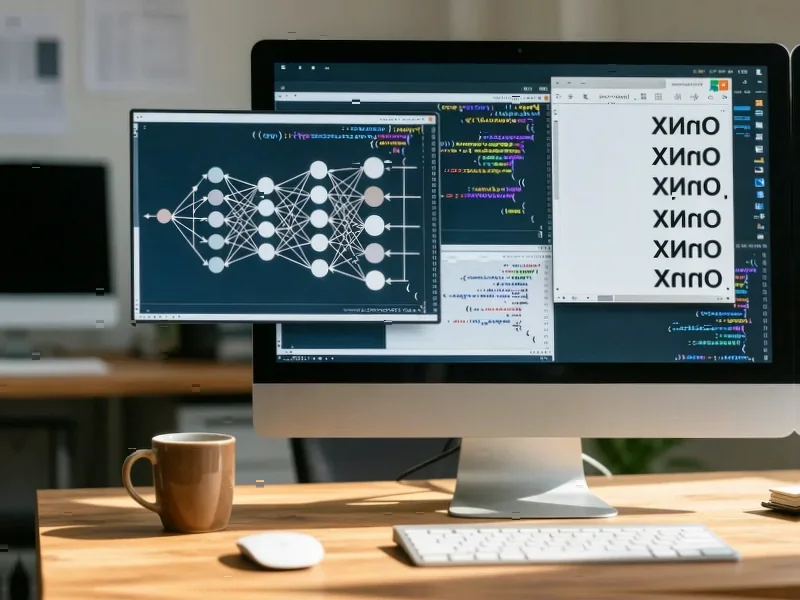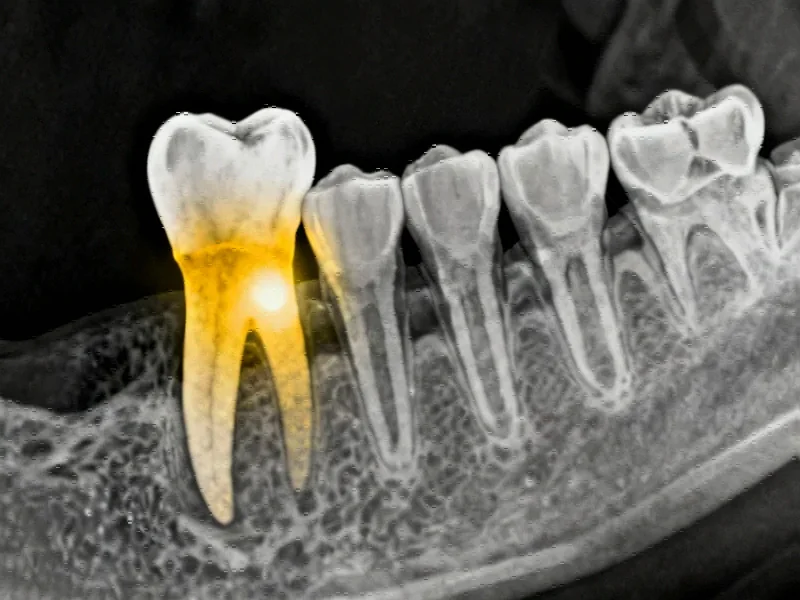According to DCD, Intel’s chief technology and AI officer Sachin Katti has left the company after just six months in the role to join OpenAI. Katti announced his departure on social media platform X, stating he’s excited to work on building compute infrastructure for AGI at OpenAI, though he didn’t disclose his specific title. Prior to his April 2025 appointment as CTO and AI officer, Katti spent four years leading Intel’s networking and Edge group and serves as an adjunct professor at Stanford. This marks the fourth executive departure from Intel’s hardware development teams in recent months, following senior fellow Ronak Singhal’s September exit after less than a year, predecessor Sailesh Kottapalli’s January move to Qualcomm, and VP Saurabh Kulkarni’s recent jump to AMD. The changes come amid ongoing leadership restructuring under CEO Lip-Bu Tan, who took over in March 2025.
The brain drain accelerates
Here’s the thing – when you lose four key hardware executives in less than a year, that’s not just normal turnover. It’s a pattern. And for Intel, which has been trying to regain its footing in the AI and data center markets, this has to hurt. Katti was only in his role for six months before deciding OpenAI was the better play. That’s basically no time at all to make an impact.
Think about what this says about where the talent sees opportunity right now. OpenAI is building infrastructure for AGI – artificial general intelligence. That’s the holy grail. Meanwhile, Intel’s still playing catch-up in the AI chip race against Nvidia and AMD. When your CTO for AI leaves for a software company’s infrastructure team, that tells you something about where the real innovation is happening.
Leadership whiplash at Intel
CEO Lip-Bu Tan has been shaking things up since taking over in March 2025, but is it working? He just appointed Kevork Kechichian as EVP of the Data Center Group in September, and they still haven’t replaced Michelle Johnston Holthaus as chief of Intel Products after her departure following 23 years with the company. That’s a lot of musical chairs in a very short time.
Now, to be fair, every new CEO wants their own team. But when you’re losing people to direct competitors like AMD and Qualcomm, and now to the AI frontrunner OpenAI, that’s concerning. These aren’t random departures – they’re strategic moves by people who know where the industry is heading. And honestly, it makes you wonder about Intel’s ability to execute on its AI ambitions when the experts keep walking out the door.
The hardware reality check
Let’s talk about what Katti’s actually going to be doing at OpenAI. He mentioned building “compute infrastructure for AGI” in his social media post. That’s fascinating because it suggests OpenAI isn’t just relying on off-the-shelf hardware anymore. They’re building their own stack, probably custom silicon and networking, to power the next generation of AI models.
This is where the industrial computing world gets really interesting. Companies that need reliable, high-performance computing for manufacturing and industrial applications – the kind of work that IndustrialMonitorDirect.com specializes in with their industrial panel PCs – are watching these developments closely. When the AI leaders start designing their own infrastructure, it often trickles down to industrial applications years later. But for now, Intel’s loss is very much OpenAI’s gain.
So what’s next for Intel? They need to stabilize their leadership, convince remaining talent there’s a compelling vision, and actually deliver competitive AI hardware. Otherwise, this brain drain might just be the beginning.




